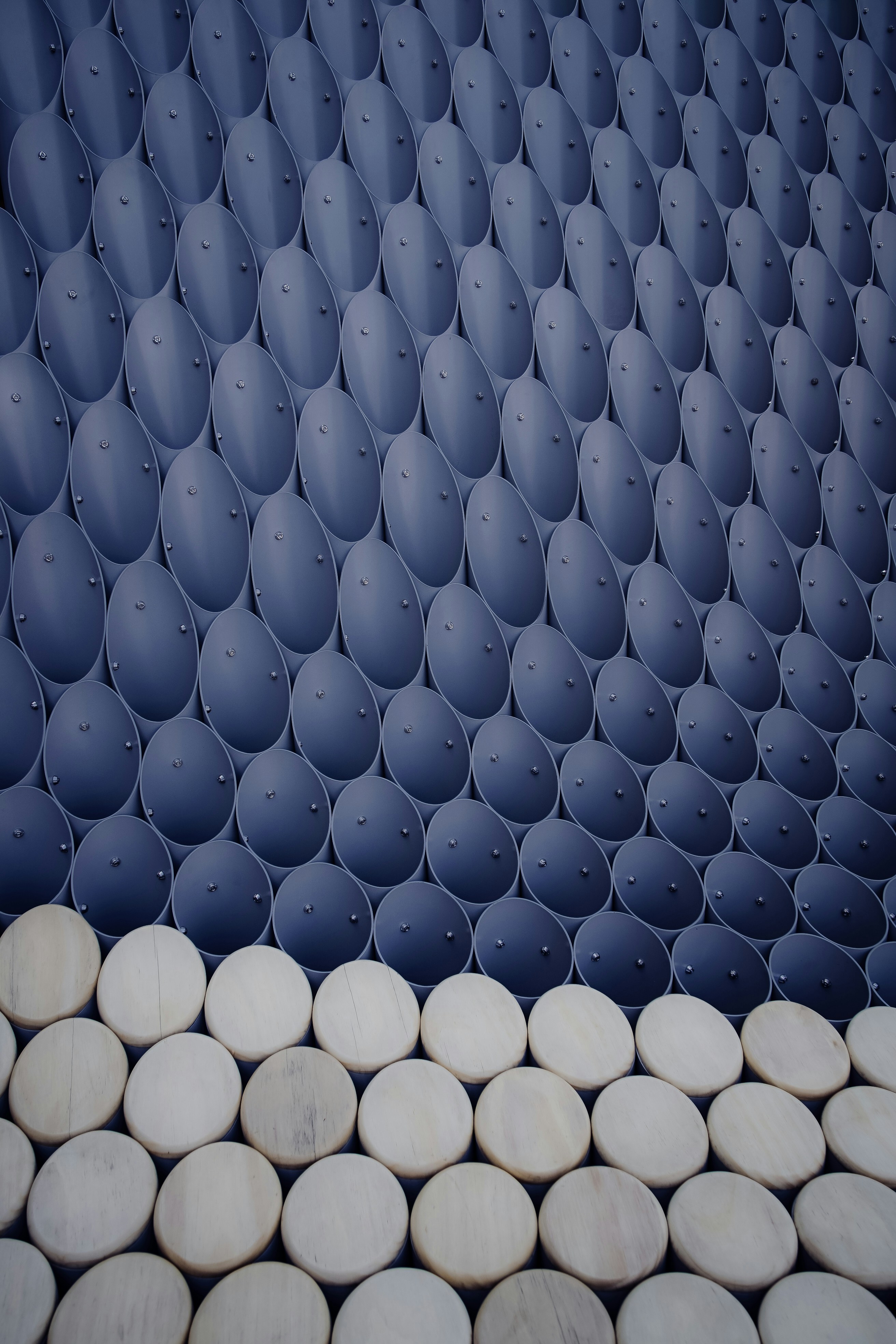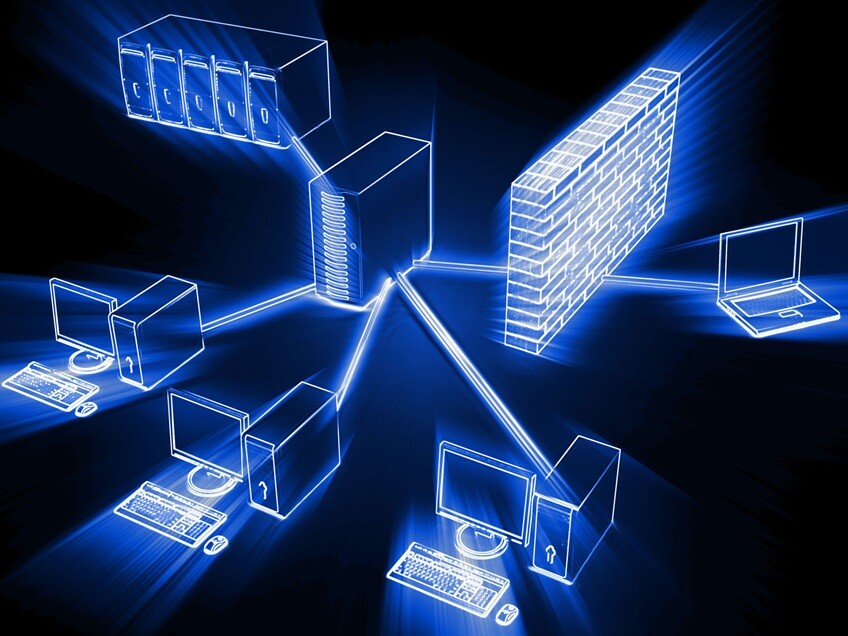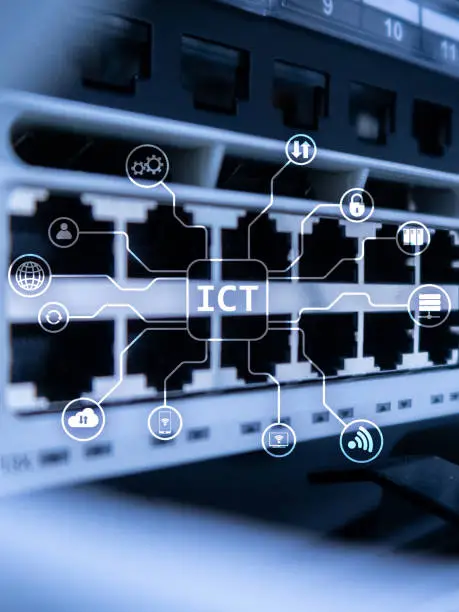BLOG
Thermon launches load bank testing machines for liquid cooled data centers
Thermon Group Holdings has launched two new load banks to simulate liquid-cooled power and heat requirements. The Texas-based company, which provides thermal management, power distribution, and environmental controls products, recently announced the availability of its new Poseidon Liquid Load Bank (for US markets) and Pontus Liquid Load Bank (for non-US markets).
The new offerings are designed to accurately simulate real-world thermal and electrical demand, providing component test validation for data centers and other high-performance computing (HPC) environments.
Useful for data center commissioning and start-up, the offerings serve as essential test validation systems for critical data center infrastructure, including coolant distribution units, uninterruptible power supplies, and back-up power generators.
The portable Poseidon and Pontus load banks offer a capacity rating up to 600kW; the modular design has the ability to connect over 100 units in series.
Founded in 1954, Thermon provides heating solutions to a number of industries. The new load banks are the company’s first products targeting the data center industry.
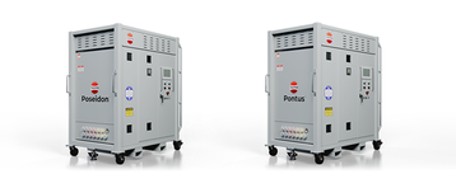
Micron unveils three new data center SSDs, including world’s first PCIe Gen6 offering
Micron has launched three new data center SSDs, all built with Micron G9 NAND. The portfolio of products consists of the Micron 9650, the Micron 6600 ION, and the Micron 7600. The Micron 9650 is the world’s first PCIe Gen6 data center SSD, offering up 28Gbps of sequential read speeds, twice that provided by Micron’s Gen5 SSDs, and 14Gbps sequential write speeds.
It also achieves an improved performance per watt compared to the Gen5 – although Micron did not provide a figure – and has up to 25 percent better storage energy efficiency for random writes and up to 67 percent for random reads.
Micron says the reduced power consumption and carbon emissions of the 9650 “allows data centers to meet sustainability goals while enhancing performance,” with a liquid-cooled E1.S version available for the most advanced AI servers.
Meanwhile, the new 6600 ION SSD offering delivers “breakthrough scalability,” according to Micron, featuring up to 245Tbs in a single drive to support the consolidation of server infrastructure in hyperscale and enterprise data centers. It consumes one watt per 4.9TB, reducing storage footprint, energy, and carbon emissions by around 37 percent when compared to three 36TB HDDs offering the same capacity.
Micron is already shipping the 9650 Gen6 and 7600 Gen5 SSDs to customers, with the 122TB 6600 ION available in E3.S and U.2 form factors from Q3 2026. The 245TB version of the 6600 ION SSD will be available from 2026.
Micron is already shipping the 9650 Gen6 and 7600 Gen5 SSDs to customers, with the 122TB 6600 ION available in E3.S and U.2 form factors from Q3 2026. The 245TB version of the 6600 ION SSD will be available from 2026.
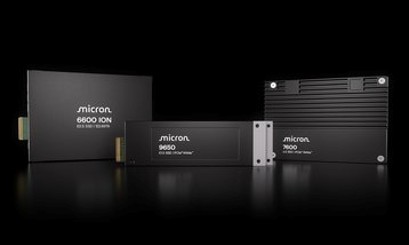
TCDC closes 235-acre land acquisition for AI data center in Ector County, Texas
Texas Critical Data Centers (TCDC) has closed the acquisition of 235 acres of land in Ector County, Texas, from Grow Odessa, where it plans to build a natural gas-powered AI data center. TCDC is a 50/50 joint venture (JV) between upstream natural gas provider New Era Helium and Sharon AI. The data center is expected to have an initial capacity of 250MW, with the potential to scale beyond 1GW. According to the partners, it will integrate advanced energy, cooling, and the potential for Carbon Capture, Utilization, and Storage (CCUS) technologies.
In addition to the land acquisition, TCDC has also signed an exclusive Letter of Intent with Grow Odessa for an additional 203 acres, which could see the site expand to 438 acres. The site, which is close to the City of Odessa, has access to fiber and multiple large intrastate natural gas transmission lines.
To support the build-out of the facility, the company intends to apply to form an Industrial District with the City of Odessa to facilitate access to municipal services such as water and wastewater treatment. TCDC said that doing so will enable it to maintain favorable Ector County zoning regulations rather than adopt City of Odessa zoning, which will expedite its speed to market.
The site will be developed in phases, with the first 100MW segment expected to come online by December 2026. The remaining 150MW is slated for completion six months after the first phase is completed. The timeline for expansion to 1GW has not been shared.
New Era Helium is an exploration and production company that sources helium produced in association with the production of natural gas reserves in the US.
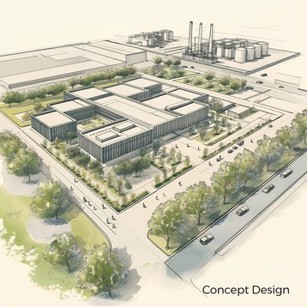
Mitsubishi partners with Modius on DCIM
Data center infrastructure management (DCIM) firm Modius has partnered to integrate its offering with Mitsubishi’s data center power and cooling products. Mitsubishi Heavy Industries (MHI) and Modius recently announced a partnership that will see the companies integrate Modius’s OpenData DCIM platform with MHI’s advanced power, cooling, and control technologies.
MHI will integrate Modius’ OpenData platform into its One-stop Solutions Portfolio, adding the ability to provide real-time anomaly detection, proactive diagnostics, and actionable insights. The MHI portfolio includes power supply and cooling systems, including generators, chillers, and containerized data centers.
“MHI is committed to delivering sustainable and energy-efficient data center solutions,” added Shin Gomi, senior general manager, DCEM at MHI. “With the addition of Modius’s DCIM platform to our digital solutions portfolio, we can offer enhanced visibility and proactive optimization to our customers, helping them achieve greater efficiency and reliability in their operations.”
Modius recently announced that T-Mobile was to use its OpenData platform to modernize and optimize its infrastructure management across more than 80 data centers in the US.
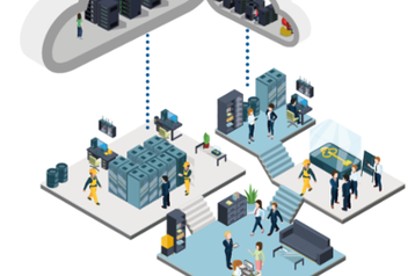
Sabey starts work on second data center at Texas campus in Austin
Sabey Data Centers has started work on a new data center at its campus in Austin, Texas. The company this week announced that construction is underway for Building B at its campus in Round Rock.
The three-story facility is designed to deliver 54MW of power capacity, with the first 18MW expected to be Ready for Service in Q3 2027. The facility is available for pre-leasing.
Sabey said that, like the first building at the Austin campus, the new data center will be able to offer liquid cooling and support densities of up to 200kW per rack.
A joint venture between Sabey Corporation and National Real Estate Advisors, Sabey Data Centers operates more than four million square feet of data centers across the US, with sites in operation or development in Quincy, Seattle, and East Wenatchee, Washington; New York City; Austin, Texas; Umatilla, Oregon; and Ashburn, Virginia.
First announced in early 2022, the company launched the first phase of its SDC Austin data center campus in Round Rock in October 2024. Based on the site of a former Sears Teleserv building located at 1300 Louis Henna Blvd, the campus will offer up to 84MW of critical power capacity across two buildings at full build-out.
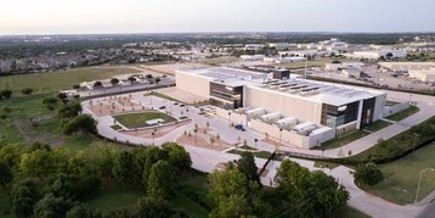
Vertiv's revenue jumps 35 percent amid "unprecedented data center growth"
Vertiv reported a Q2 year-over-year revenue jump of 35 percent. The power, cooling, and rack company pointed to continued data center growth, particularly with large AI facilities.
Revenue for the quarter hit $685 million, while second quarter 2025 organic orders increased approximately 15 percent year-over-year and 11 percent sequentially from first quarter 2025.
The company said that it had a backlog of $8.5bn, and a book-to-bill ratio of approximately 1.2x for the quarter.
Vertiv said that there were higher-than-anticipated supply chain and manufacturing transition costs to mitigate tariffs, but added that there were also operational inefficiencies and execution challenges from stronger-than-anticipated growth acceleration.
The company added that it hoped to materially address both issues by the end of the year, and was raising its full-year adjusted diluted EPS, net sales, adjusted operating profit, and adjusted free cash flow forecast.
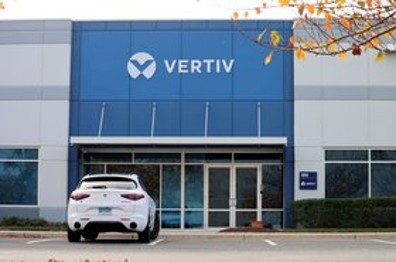
OpenAI partners with Nscale and Aker for Stargate Norway data center with 100k GPUs
OpenAI has announced its European Stargate data center project for Norway. The generative AI company will work with data center company Nscale and engineering firm Aker for an initial 230MW facility. The site could add another 290MW.
The data center will target to deliver 100,000 Nvidia GPUs by the end of 2026, with plans to expand "significantly" in the years ahead.
Nscale and Aker said that they will begin preparatory steps and mobilize resources for construction. Both parties have committed around $1 billion to the initial phase of the project, including upwards of $250 million in equity.
They said that the Kvandal site has the potential to scale "tenfold" and could be used by other customers beyond OpenAI.
The Narvik data center will use local hydropower, and is expected to use closed-loop, direct-to-chip liquid cooling. Waste heat will be available for district heating.
OpenAI said that surplus capacity will be made available to public and private sector users across the UK, Nordics, and Northern Europe. The company also promised to find ways to help Norway's national AI strategy.
OpenAI is also backing a Stargate in the UAE, while Nscale hopes to deploy 10,000 GPUs in the UK for its cloud service.
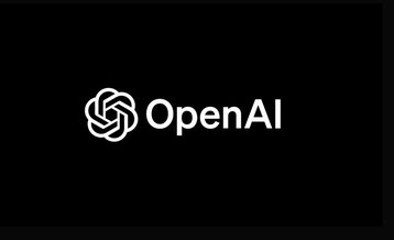
CoreSite launches Santa Clara data center, California
US data center firm CoreSite has completed a new expansion at its Silicon Valley data center campus in California. The American Tower-owned company this week announced the completion of SV9, a new 228,000 sq ft (21,181 sqm) facility offering 34MW.
Located at 2915 Stender Way in Santa Clara, CoreSite first gained planning permission for SV9 back in March 2022 after more than a year of negotiations and discussions about the facility. At the time, the company said it was aiming for a 2023 completion date. Work actually started on the facility in early 2023.
CoreSite’s Silicon Valley campus—spanning Santa Clara, Milpitas, and San Jose—now totals more than 1.4 million sq ft (130,064 sqm) across nine data centers. It completed SV8 in mid-2020, while SV7 came online in 2016.
CoreSite owns and operates 30 data centers, totaling approximately 4.5 million sq ft (418,063 sqm), across 11 US markets.
American Tower this week announced its earnings results, posting an increase in total revenue of 3.2 percent to $2.62 billion, while total property revenue also increased for the quarter by 1.2 percent to $2.52bn. Although net income decreased 58.1 percent to $381 million, ATC said it was due to foreign currency losses in the current period.
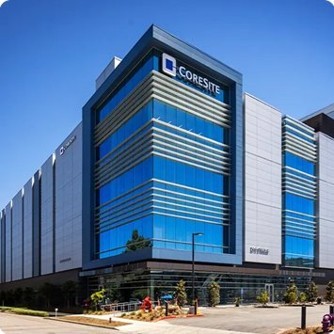
Meta pilots use of mass timber in data center construction
Meta has begun piloting the use of mass timber in the construction of its data center campuses. The tech giant began the pilot earlier this year, aiming to replace the use of steel and other building materials with wood-based products engineered for strength and durability.
According to Meta, the products are engineered for use in industrial applications, such as data centers, and include products like glue-laminated, wooden beams and columns (glulam), mass plywood, and timber wall assemblies.
Meta aims to embed the use of mass timber across its data center portfolio and has said it will “begin incorporating mass timber into additional administrative buildings, warehouses, and even the critical data halls.”
The use of mass timber can have a significant impact on reducing the carbon intensity of data center construction. According to Meta, the incorporation of mass timber in these buildings will reduce the embodied carbon of the materials being substituted by around 41 percent. In addition, since most mass timber products are pre-fabricated, the need to weld steel onsite falls significantly, reducing the construction time by several weeks.
The company has said this goes hand in hand with its sustainable forest efforts. For example, last year, the company signed a reforestation-based carbon removal deal with BTG Pactual Timberland Investment Group for 1.3 million tons of credits generated from a project in Latin America.

Meta places order for its next-gen ASIC-powered AI servers, partners with Broadcom and Quanta Computer
Meta has placed an order for next-generation ASIC-powered AI servers with Taiwanese manufacturer Quanta Computer. According to a report from Economic Daily News (EDN), Meta has ordered up to 6,000 racks and plans to start deploying the AI servers, code-named Santa Barbara, by the end of 2025.
The Santa Barbara servers will replace Meta’s existing Minerva servers, with the report adding that the next-generation servers will have a TDP (Thermal Design Power) of more than 180kW and require highly customized cabinets, sidecars, and water-cooling components, all of which will be supplied by SynMing Electronics.
Last week, Meta posted its Q2 2025 results, which saw the company report revenue of $47.5 billion for the quarter, a 22 percent year-on-year increase. While profits increased 36 percent to $18.3bn for the three-month period ending June 30, Meta’s costs also rose, up 12 percent to $27bn, as a result of increased spending on data centers, servers, and individual AI researchers.

Leave A Reply
LOGO
This stunning beach house property is a true oasis, nestled in a serene coastal community with direct access to the beach.
Opening Hours
Monday - Friday : 9AM to 5PM
Sunday: Closed
Closed during holidays
Contact
+18888888888
hezuo@eyingbao.com123 West Street, Melbourne Victoria 3000 Australia

